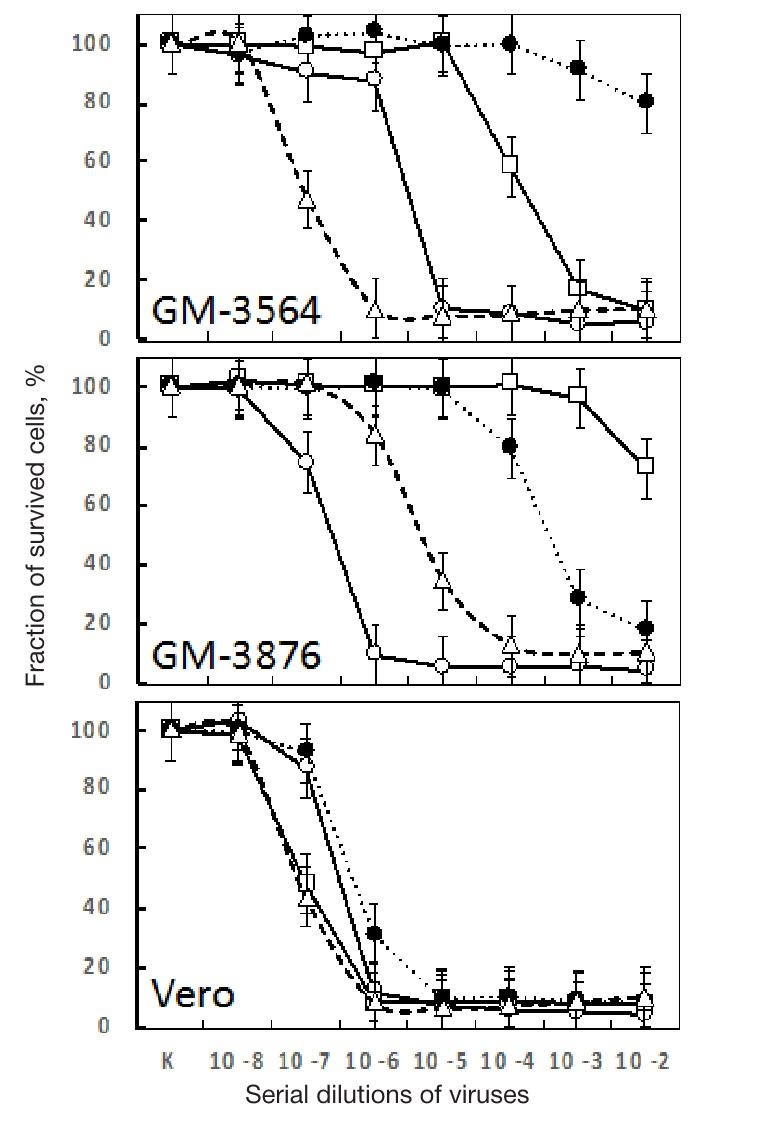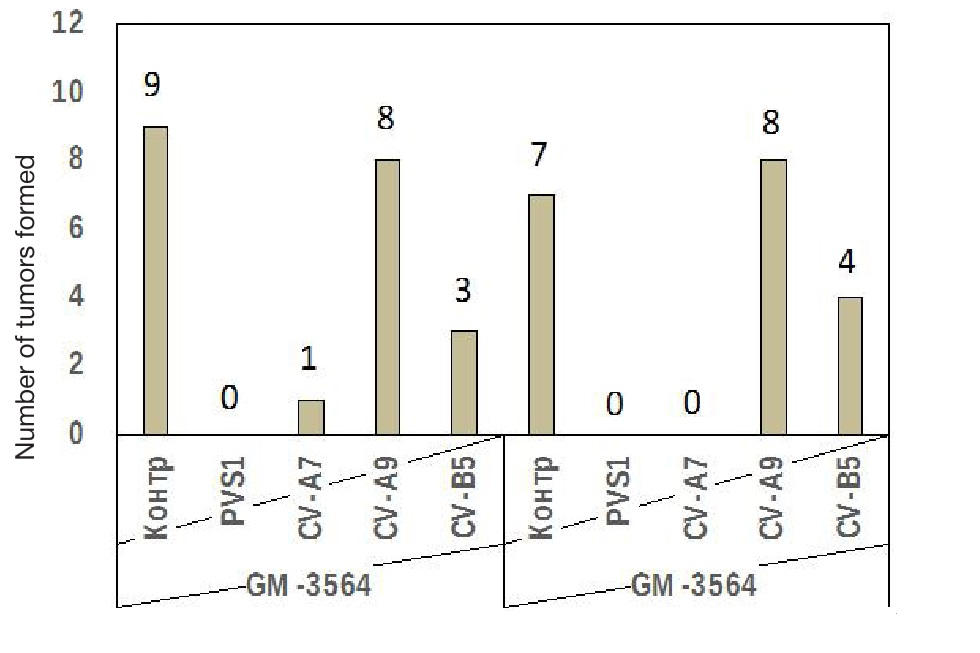
This article is an open access article distributed under the terms and conditions of the Creative Commons Attribution license (CC BY).
ORIGINAL RESEARCH
Human enteroviruses exhibit selective oncolytic activity in the model of human glioblastoma multiforme xenografts in immunodeficient mice
1 Engelhardt Institute of Molecular Biology, Moscow, Russia
2 Chumakov Federal Scientific Center for Research and Development of Immune-and-Biological Products of Russian Academy of Sciences, Moscow
3 Pirogov Russian National Research Medical University, Moscow, Russia
4 N. N. Blokhin Russian Cancer Research Center, Moscow, Russia
Correspondence should be addressed: Peter M. Chumakov
ul. Vavilova, 32, Moscow, 119991; moc.oohay@mpvokamuhc
Funding: the study was supported by the Ministry of Education and Science of the Russian Federation; project code RFMEFI60714X0014.


